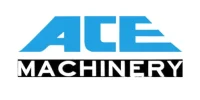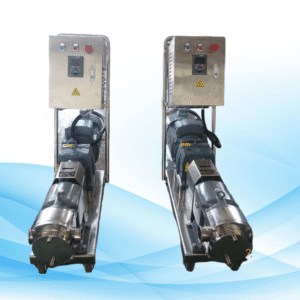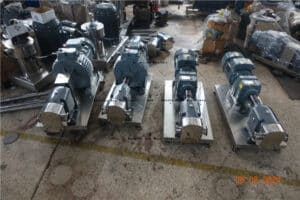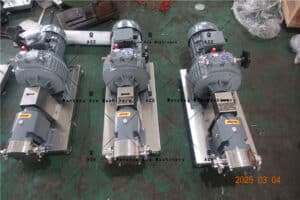lobe pumps have been applied in industries such as food, pharmaceutical, and cosmetic processing due to their ability to handle viscous fluids, solids, and sensitive materials without causing too much shear. This market is mainly dominated by two brands: Alfa Laval and APV. Both of their lobe pumps are high-performance models, but each has its own competitive edge in terms of features, pros, and cons. This blog aims to provide an unbiased review of the two competing brands: the Alfa Laval Lobe Pump and the APV Lobe Pump, highlighting the advantages and disadvantages of each model.
Overview of Lobe Pumps
A lobe pump consists of two lobes rotating in opposite directions that grab the fluid and carry it through the relief chambers (suction and discharge). This arrangement has a broad scope of application because of its adaptability, hygienic design, and ability to pump viscous fluids. Lobe pumps are usually self-priming and can operate in dry-run conditions for short periods, making them suitable for areas where hygiene, gentle product treatment, and reliable operation are of significant importance.
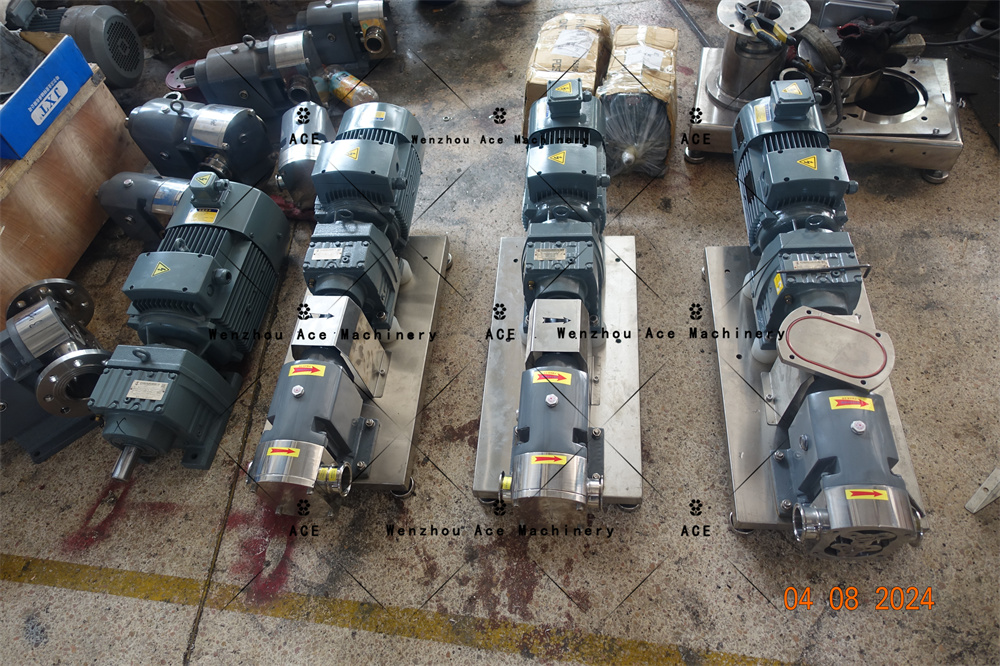
Features and Benefits of Alfa Laval Lobe Pump
Design and Construction
One of the most noticeable attributes of Alfa Laval lobe pumps is their structural design, which integrates quality materials with thoughtful construction designed for extensive usage. The casing is made from high-standard stainless steel. Alfa Laval pumps are constructed for easy cleaning and low maintenance, featuring a fast unclipping front cover and rotor.
Efficiency and Performance
A strong feature of Alfa Laval lobe pumps is their high performance in handling viscous mediums like creams, pastes, and emulsions. The internal design reduces internal slip, ensuring a more stable volumetric flow and higher volumetric efficiency than some competitor models. These pumps are robust enough to process liquids with bulk solids, a common requirement in food processing applications.
Ease of Maintenance
Maintenance features like lube-free pillows and front-loading seals ensure that maintaining Alfa Laval lobe pumps is less time-consuming. The global availability of spares and service backup also ensures operational continuity in industries with constant operational needs.
Certifications and Compliance
Alfa Laval lobe pumps meet leading standards, including CDIP/EHEDG and 3A, ensuring safety in food, beverage, and pharmaceutical industries. This provides confidence in their use under strict sanitary conditions.
Drawbacks of Alfa Laval Lobe Pumps
- Higher Price Point: One primary drawback is the high purchase price compared to other brands, such as APV lobe pumps, which may be a concern for companies on a limited budget.
- Size and Weight: While reliable, Alfa Laval pumps tend to be bulky and heavy, making them less ideal for installations with size and weight limitations.
APV Lobe Pump: Features and Benefits
Versatility and Flexibility
APV lobe pumps are known for their flexibility across various applications, including food processing, dairy, pharmaceuticals, and chemicals. These pumps can handle fluids with a wide range of consistencies, from very low to very thick, making them versatile for numerous products. APV pumps are available in alloy materials for optimum corrosion protection or stainless steel, depending on the job requirements.
Compact and Lightweight
Compared to Alfa Laval, APV lobe pumps are compact and lightweight, making them ideal for systems with space or weight constraints. Their design also allows for faster assembly, which is beneficial when retrofitting pumps into existing systems.
Economical
APV lobe pumps are more affordable than their Alfa Laval counterparts, making them appealing to companies looking for a lower-cost solution without sacrificing major performance or quality. This cost-performance ratio makes APV pumps suitable for small and medium enterprises with limited capital.
Power Cost Savings
The design of APV lobe pumps focuses on energy-saving benefits, reducing operating costs over time. They use low power, even when pumping highly viscous fluids, sometimes performing better than competitors while maintaining low energy costs.
Disadvantages of APV Lobe Pumps
- Lower Maximum Pressure: APV lobe pumps have a relatively lower maximum pressure rating than Alfa Laval pumps, which can be a limitation for applications requiring high pressure or long-distance pumping.
- Maintenance Complexity: APV pumps may require more maintenance in high-stress applications compared to Alfa Laval pumps, though spare parts are easier to find globally.
Key Differences Between Alfa Laval and APV Lobe Pumps
- Price vs. Performance: Alfa Laval pumps are more expensive but offer better performance, especially in high-pressure or heavy-duty applications. APV pumps are more cost-effective for normal fluid-handling applications but may not match Alfa Laval’s performance in more demanding environments.
- Application Flexibility: While both brands are flexible, Alfa Laval pumps handle highly viscous fluids and bulk solids better than APV pumps, which are better suited for installations with space and weight restrictions.
- Maintenance and Servicing: Alfa Laval pumps require minimal maintenance and are supported by a global service network. APV pumps may need more maintenance in high-stress applications, and spare parts may not be as readily available in certain regions.
- Durability and Longevity: Alfa Laval pumps are known for their long working life, especially in harsh environments. APV pumps are also durable but may require more care in abrasive or highly viscous applications.
Conclusion
Both Alfa Laval and APV lobe pumps have their advantages and drawbacks, making them suitable for different types of applications. For high performance, durability, and easy servicing, Alfa Laval is the go-to choice. On the other hand, APV offers a more economical, compact, and lightweight solution for industries with limited budgets or space constraints.
When making a decision, it is important to consider operational circumstances such as fluid viscosity, operating pressure, costs, and available space. Both brands deliver effective solutions, and the final decision will depend on the specific industry and application needs.
